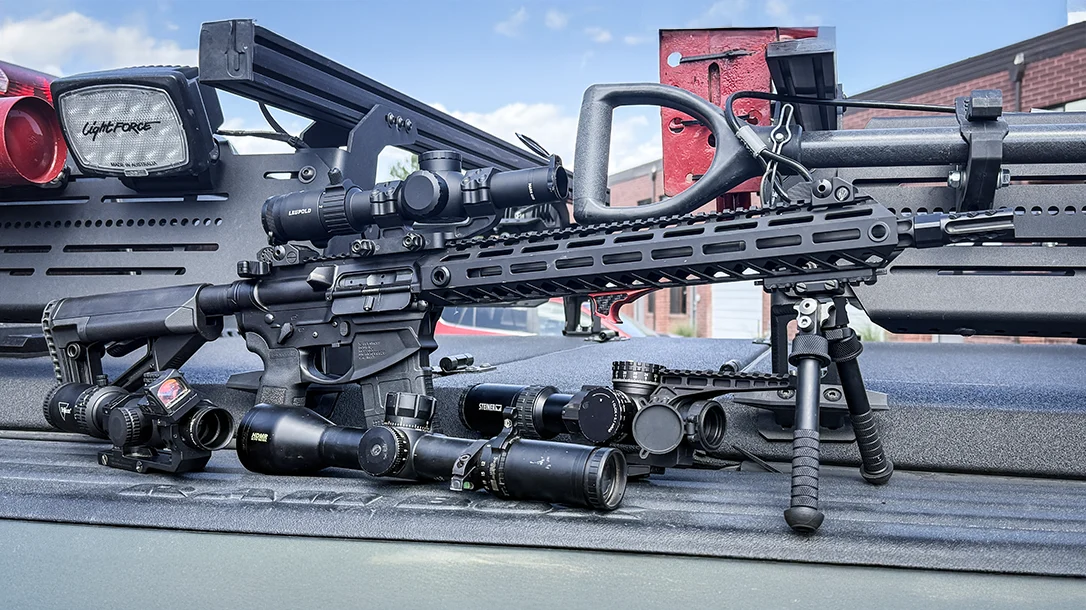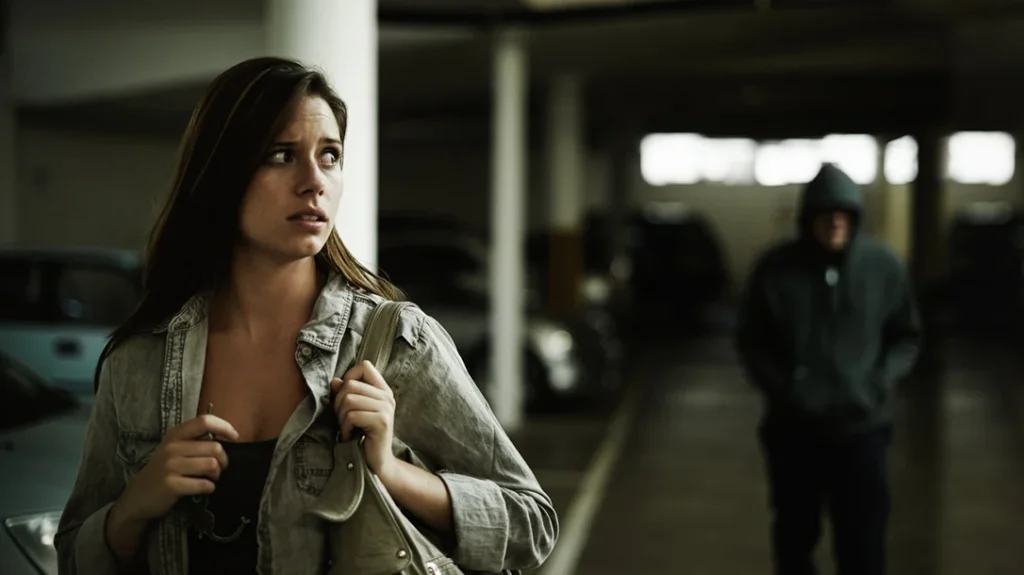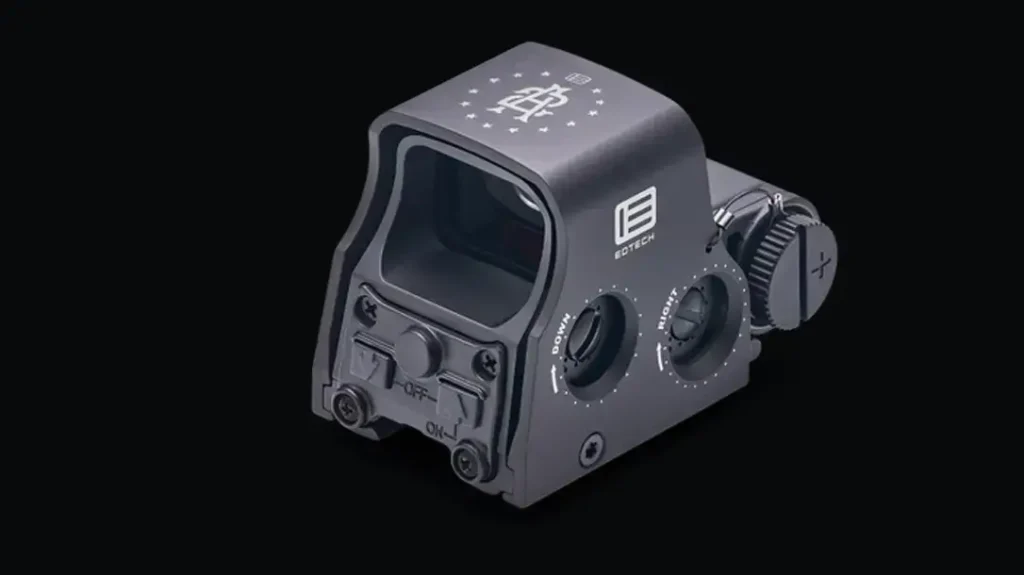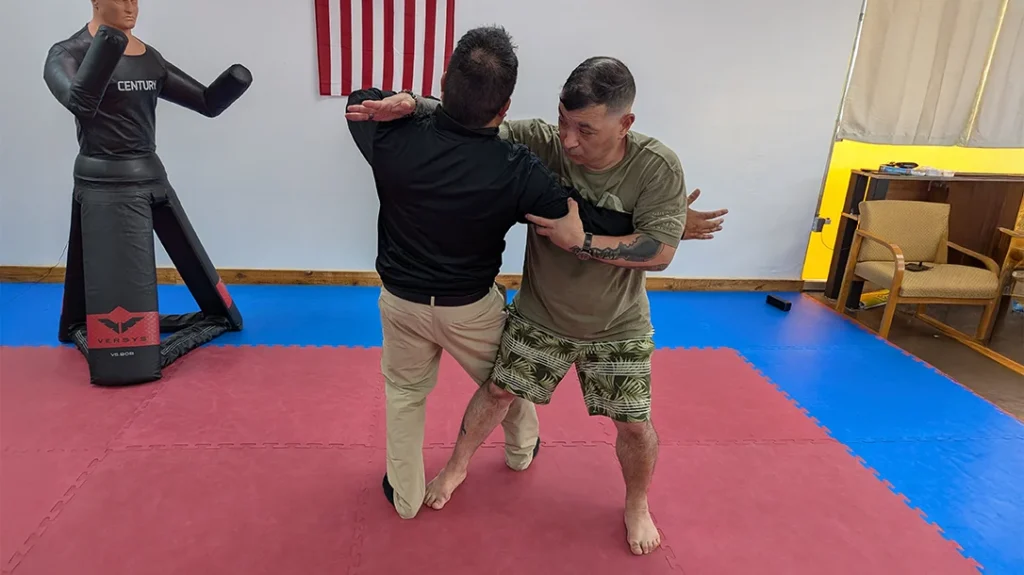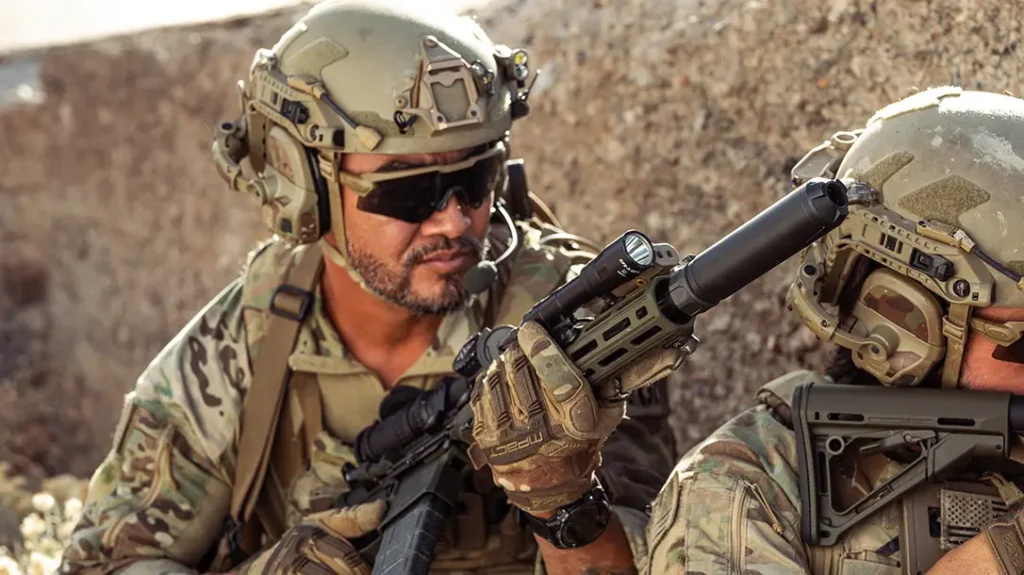This post was originally published on this site.
Low-power variable optics (LPVO) are all the rage these days. Seems like all the “cool kids” have one on their self-defense or law enforcement carbine. They certainly can be valuable depending on the application. This is an argument that still rages on. But, if you decide to go that way, how much magnification do you need on a carbine? Maybe more importantly, how much is too much?
Deciding on the Best Magnification for a Carbine
What Does an Optic Actually Do?
Optics use is still a bit controversial amongst experts and professionals alike, but we can simplify things a bit.
Advertisement — Continue Reading Below
Rifle optics enhance your ability to see, not shoot. Sure, shooting tends to improve when you can see the target. However, optics are not magic mystical devices that make you a better shooter.
Optics allow you to see better, especially as the range increases. Depending on the range and the amount of magnification, they increase your ability to identify what you are shooting at. This is critical in most every use.
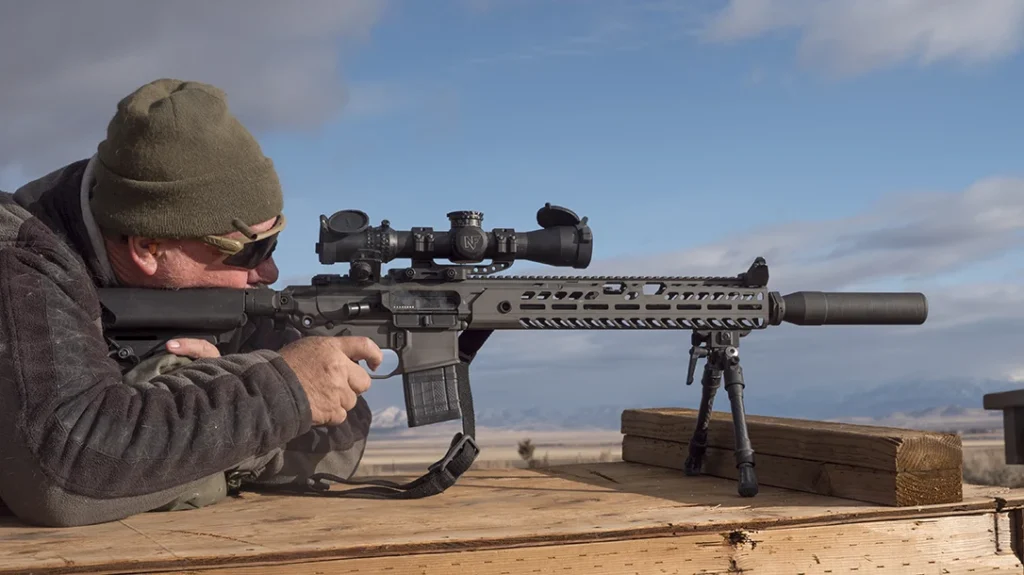
Advertisement — Continue Reading Below
Different reticles can make it easier to “aim” or allow for ranging and wind holds. However, mostly they allow you to see better at distance or clearly identify the threat/target at any range.
Keeping that in mind, context is critically important; what are you trying to see, and at what range?
What Am I Actually Using the Optic For?
Most carbines for self-defense or duty applications will never see a target beyond one hundred meters. In some cases, it’s closer to fifty and more often than not across the yard or room. Given rural applications, you may go beyond that. But as a practical matter, justifying deadly force at that range can be problematic.
Advertisement — Continue Reading Below
Magnification in this instance is largely about PID (Positive Identification). You are identifying whether it is an actual threat, the proper threat, and what that threat is. Identifying the weapon and the threat imposed is essential.
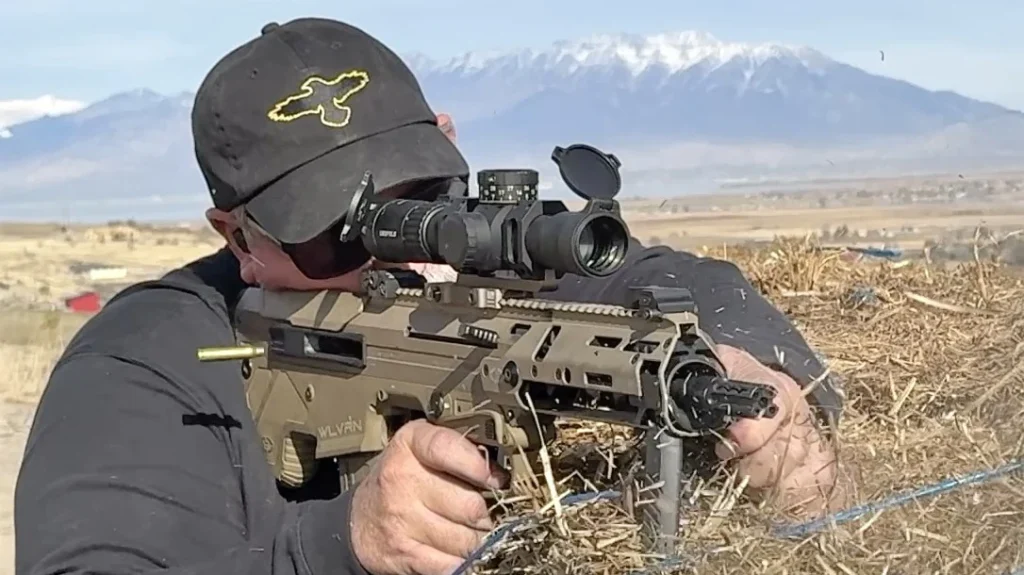
The distance at which you need an optic largely depends on you. Early in my career, identifying things at 50 meters was a cinch, but not so much these days. If specifics are necessary, I need some magnification, and at that range, three or four power is more than enough. With an operating range of 300 meters or more, I prefer six, eight, or even ten.
Advertisement — Continue Reading Below
Some of the latest 1-10 power scopes are incredibly versatile. I can more than comfortably hit things at that range with an RDS (Red Dot Sight). However, proper PID is a whole different story. Specialized applications can benefit from more magnification, but that all comes at a cost—mostly weight and a bigger expense.
Balancing Weight vs Magnification
Two primary things add to the weight of a scope: size and the quality of the glass. For the most part, the bigger the scope, the more it weighs. Likewise, glass increases in weight with quality.
If you are looking at quality optics, these two factors contribute to the third: cost. No free lunch here, better glass and more magnification generally means more money.
Advertisement — Continue Reading Below
Construction, reticles, and lighter weight can cost more as well. However, typically, the bigger and better it is, the more it costs. If you don’t need the extra size, weight, or magnification, you are just making your rifle heavier with things you will never use.
Honesty is the best policy with this decision. If you are unlikely ever to see a threat outside 25-50 yards, adding an LPVO can just add weight, cost, and let you hang with the cool crowd. If you’re made of money, no worries. But most of us are not.
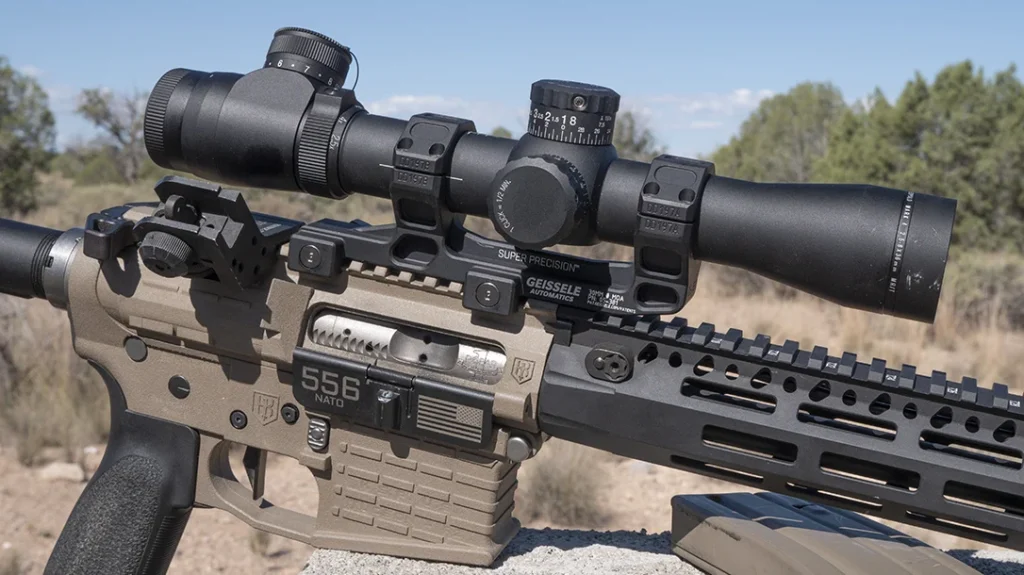
Advertisement — Continue Reading Below
LPVOs with dots are helpful across the room, but seldom better suited than a good RDS. If you “may” in some hypothetical world need it at longer ranges, a magnifier is a great option. Often less weight and generally smaller with less bulk, they can stay out of the way unless you need them.
I instruct people to equip for the most likely threat, preparing for the outlier, not the other way around. If a threat at 300 meters is the norm, then magnify as needed, maybe add a small RDS at 1:00 for up close. Throwing a 1-10 power LPVO on a carbine with a 10.5-inch barrel that will never see a threat beyond 15 yards is not practical at best, and problematic in many cases.
It’s often stated, “the mission drives the gear,” and it mostly rings true, making it a great starting point.
Should You Add Magnification to Your Carbine?
Adding an LPVO, or any optic, to your working carbine should not be a hasty decision. If it’s a range toy, no worries. However, if your or another’s life is at stake, it’s a different story.
Be honest in your assessment of the task. Critically determine your abilities, weaknesses, and strengths. Assess what you can afford and are willing to pay. Most of all, be realistic as to the context in which it will be used and choose what is best for you and the mission.
Working guns are tools designed to keep you alive, not to win a photo contest—choose accordingly.
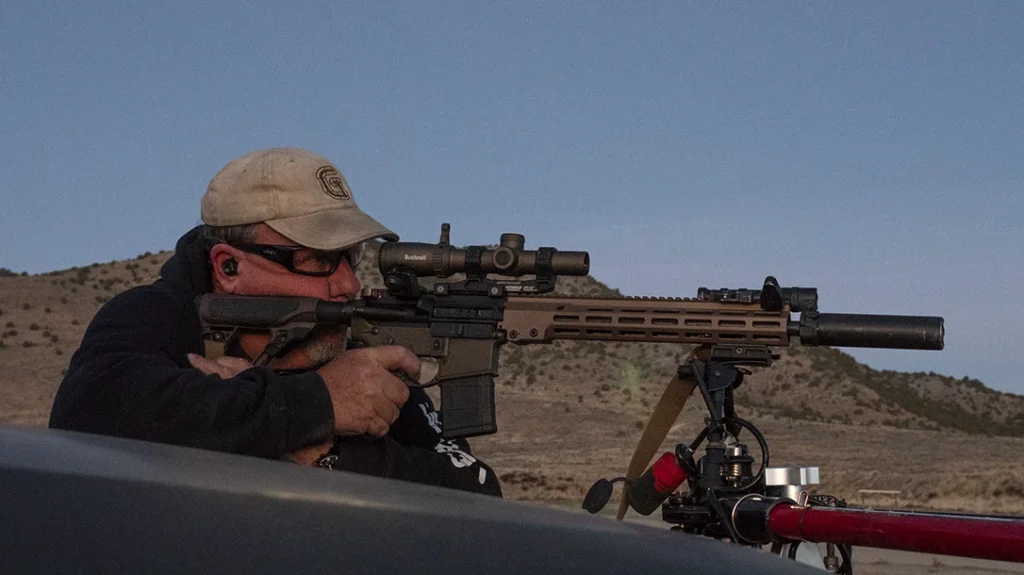
The post Carbine Corner: How Much Magnification Makes Sense on a Defensive Carbine? appeared first on Athlon Outdoors Exclusive Firearm Updates, Reviews & News.
